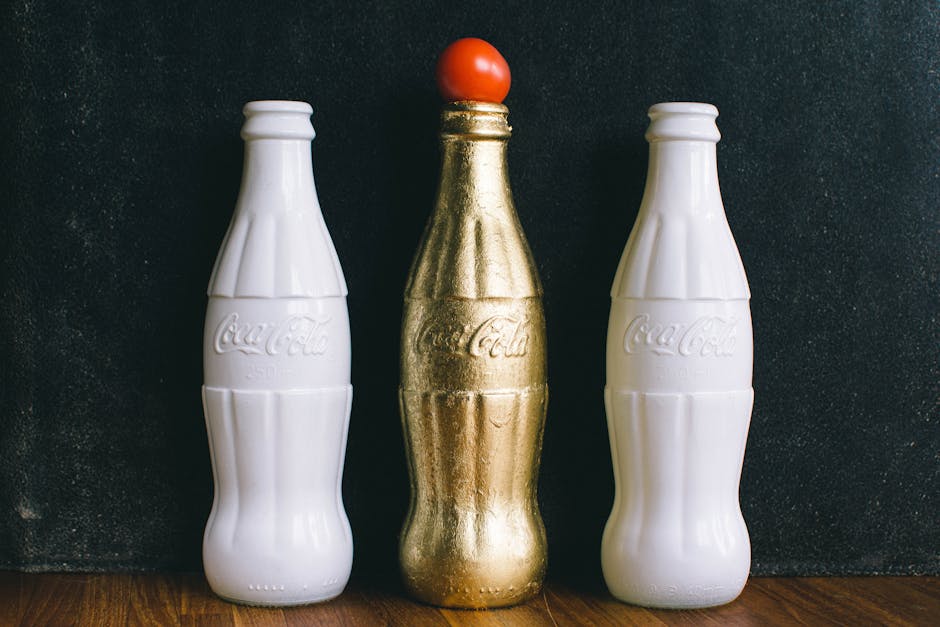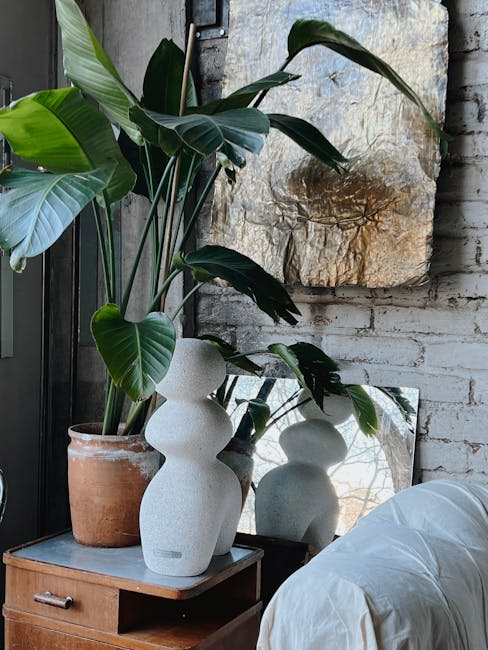Upcycled Bottle Planters for Indoor & Outdoor Use
Introduction
Transforming discarded bottles into charming and functional planters is a fantastic way to reduce waste, add a touch of creativity to your indoor and outdoor spaces, and nurture your green thumb. Upcycled bottle planters are not only eco-friendly but also surprisingly versatile and stylish. This guide explores the world of upcycled bottle planters, providing inspiration, instructions, and tips to help you create your own unique botanical displays.
Upcycled Bottle Planters: Indoor Oasis
Choosing the Right Bottles for Indoor Plants
Selecting the right bottles is crucial for successful indoor planting. Consider these factors:
- Size and Shape: Opt for bottles that suit the size and root system of your chosen plants. Smaller bottles are ideal for succulents and herbs, while larger bottles can accommodate bigger plants.
- Color and Material: Glass bottles are generally preferred for their aesthetics and inert nature. Colored glass can add visual interest, but clear glass allows you to monitor the water level and root health. Plastic bottles can also be used but ensure they are food-grade and BPA-free.
- Stability: Choose bottles with a stable base to prevent tipping.
Popular Indoor Plants for Bottle Planters
Many indoor plants thrive in upcycled bottle planters. Here are some excellent choices:
- Herbs: Basil, mint, chives, and parsley are easy to grow and add fresh flavor to your cooking.
- Succulents: Echeveria, sedum, and aloe vera are drought-tolerant and require minimal maintenance.
- Pothos: A trailing vine that adds a touch of greenery to any space and is incredibly easy to propagate in water.
- Spider Plant: Known for its air-purifying properties and ability to produce “spiderettes” (baby plants).
- Lucky Bamboo: Adds a touch of elegance and is believed to bring good fortune.
Creating a Self-Watering Bottle Planter
A self-watering bottle planter is an ingenious way to keep your plants hydrated with minimal effort. Here’s a simple method:
- Cut a plastic bottle in half.
- Invert the top half (with the cap removed) and place it inside the bottom half.
- Insert a cotton rope or strip of fabric through the bottle neck, allowing it to dangle into the bottom half. This acts as a wick.
- Fill the top half with potting mix and plant your chosen herb or plant.
- Fill the bottom half with water. The wick will draw water up to the soil, keeping it consistently moist.
Upcycled Bottle Planters: Outdoor Garden Gems
Durable Bottle Options for Outdoor Use
Outdoor conditions require more durable bottle choices:
- Thick Glass Bottles: Wine bottles, beer bottles, and mason jars are excellent options.
- UV-Resistant Plastic: If using plastic, choose bottles made from UV-resistant materials to prevent degradation from sunlight.
- Reinforced Bottles: Consider using bottles wrapped with twine or wire for added strength.
Outdoor Plant Choices for Bottle Gardens
Many outdoor plants flourish in bottle planters. Consider your local climate and sunlight conditions when making your selection:
- Annual Flowers: Petunias, pansies, and impatiens add vibrant color and are easy to grow.
- Trailing Plants: Sweet potato vine, creeping Jenny, and cascading petunias create a beautiful spilling effect.
- Vegetables: Tomatoes, peppers, and strawberries can be grown in larger bottles.
- Herbs: Rosemary, thyme, and oregano are drought-tolerant and add fragrance to your garden.
Hanging Bottle Gardens: Vertical Greenery
Hanging bottle gardens are a space-saving and eye-catching way to display your plants. Here’s how to create one:
- Drill drainage holes in the bottom of the bottles (if using glass, use a glass-drilling bit).
- Wrap twine, rope, or wire around the neck of each bottle, creating a loop for hanging.
- Alternatively, use macrame techniques to create intricate hangers.
- Hang the bottles from a fence, pergola, or balcony railing.
- Fill the bottles with potting mix and plant your chosen plants.
Protecting Your Bottle Planters Outdoors
To ensure the longevity of your outdoor bottle planters, consider these tips:
- Drainage: Ensure proper drainage to prevent waterlogging and root rot.
- Sunlight: Position your planters in a location that provides the appropriate amount of sunlight for your chosen plants.
- Wind Protection: Secure your planters to prevent them from being blown over by strong winds.
- Winter Protection: If you live in a cold climate, bring your bottle planters indoors during the winter months to protect them from freezing temperatures.
Conclusion
Upcycled bottle planters offer a sustainable and creative way to enhance your living spaces with greenery. Whether you’re a seasoned gardener or just starting out, these DIY projects are a rewarding way to reduce waste, personalize your decor, and enjoy the beauty of nature. So, gather your discarded bottles, unleash your creativity, and start building your own unique bottle garden today!














Post Comment